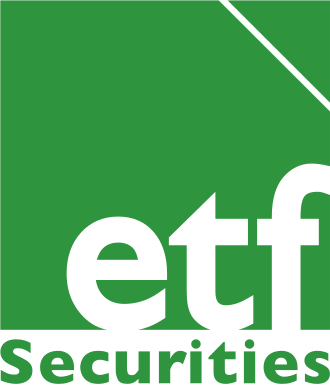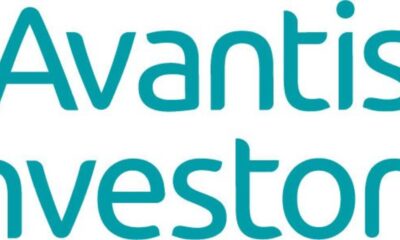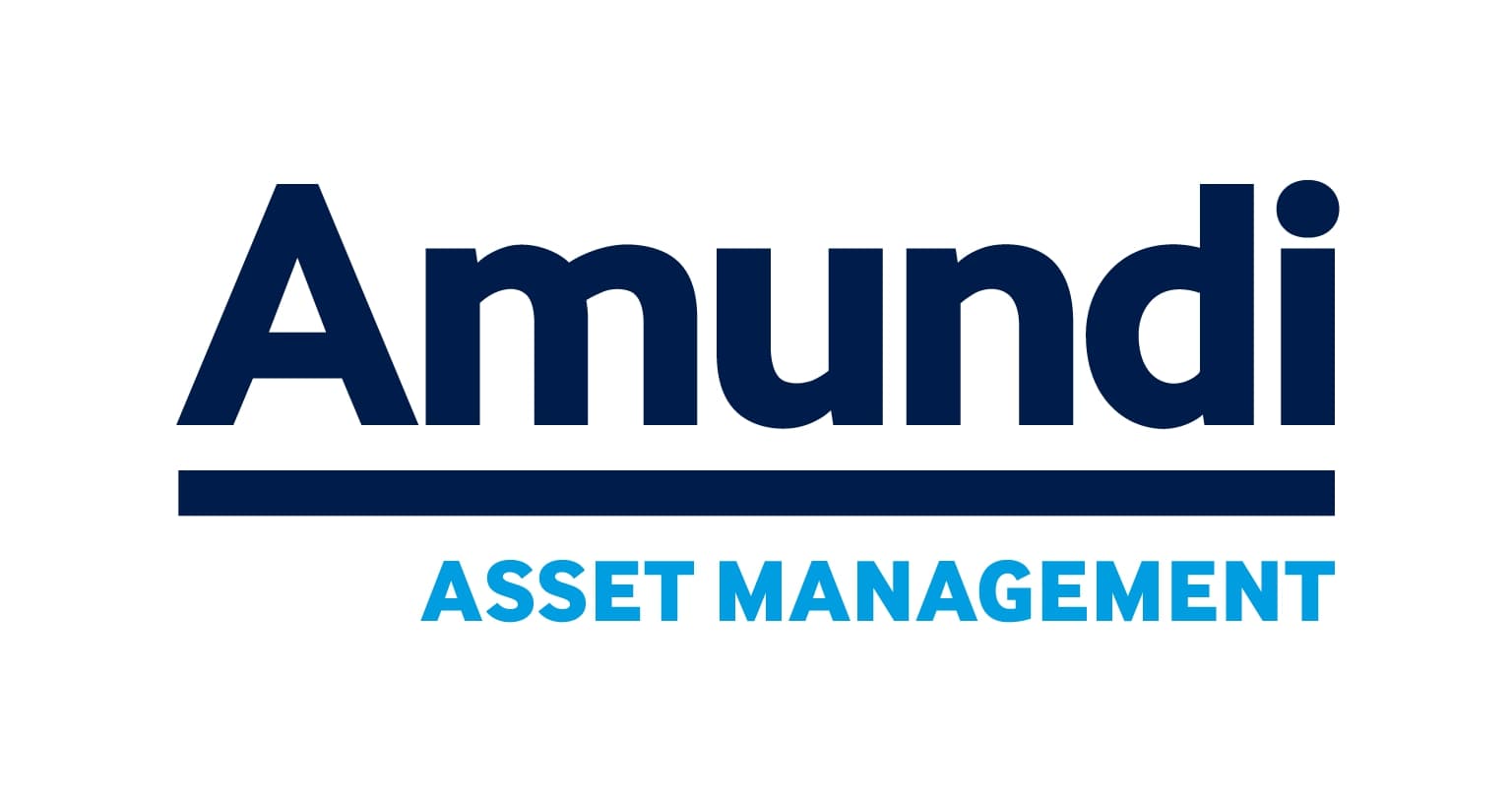ETF Securities Fixed Income Research – Attractive risk-adjusted yields in emerging markets
Summary
- The shock to global markets from Brexit has raised expectations for more central banks’ intervention and sharpened the search for yield among investors.
Middle East - Turkey’s political risk is likely to have a limited impact on EM outside of the. The Chinese economy and Fed policy will remain the main drivers for EM debt returns.
- The slowdown of global growth favours duration risk over growth risk. Emerging sovereign bonds are attractively valued compared to emerging equities.
1990’s lessons learned
Emerging Markets (EM) learned the lessons from the Asian Crisis of the late 1990’s, particularly from an external financing perspective. Notwithstanding regional variation, in general emerging countries have built higher stocks of currency reserves and are less reliant on short term debt, particularly in hard currencies than in the past.
(Click to enlarge)
As a rule of thumb, EM countries with robust fundamentals – solid internal (positive fiscal balance) and external conditions (positive current accounts balance) – are far more resistant to rate shocks. In March 2015 when the Fed started to signal an imminent lift-off, EM countries with stronger current account positions experienced lower currency depreciation than those with large external imbalances.
(Click to enlarge)
Turkey’s assets under pressure
The attempted coup which was carried out on Friday 15 July resulted in a 4.8% drop in the Turkish lira against the US dollar on the day. On Wednesday 20 July, S&P downgraded Turkey’s local currency denominated debt one notch to BB+ and maintained its negative outlook. The Turkish lira weakened by 1.1% to 3.0755 against the US dollar on the move. Turkey is running the largest current account deficit among the emerging countries (-4.5% of GDP as of July 2016) and has relatively low currency reserves. Given the sharp rise in political instability and deeper external imbalances, Turkish assets and the Turkish lira are likely to remain under pressure going forward. However, any spill over effects from the events in Turkey toward the other EM countries should remain limited outside of the Middle East region.
China is the main driver behind EM returns
The slowdown of the Chinese economy has already been priced-in into the market early this year. However, the Chinese economy has exhibited signs of stabilisation since then. Chinese GDP grew by 6.7%yoy and industrial production rose by 6.2%yoy. The Chinese authorities have continued to provide fiscal and monetary policies to support short term growth. In June, fiscal expenditure growth grew by 20.3%, money supply (M2) grew by 11.8% and total social financing (TSF, i.e. credit growth) increased RMB1630bn. The very large amount of total debt in China (in excess of 260% of GDP) raises concerns for growth over the long term but is manageable in the short term thanks to decent fiscal space (i.e. low level of government debt1).
Stability of the Yuan is essential for the stability of EM currencies. In our view, further devaluations of the Yuan are unlikely as China has low incentive to do so. As a large importer, China has limited incentive to devalue further because higher imports prices will cause a deterioration of the current account balance. China runs a trade surplus so if anything the Yuan should appreciate as the demand for the Yuan to pay exporters exceeds the need for foreign currencies to pay imports. As a result, EM local currency risk looks contained in the near term.
What if there is another rate shock?
The US dollar stability is also crucial for the stability EM currencies. So far, the procrastination of the Fed in hiking interest rates has prevented the US dollar from appreciating further, in turn reducing the volatility of EM currencies. We expect one additional 25bps rise in the Fed funds rate this year along with an accelerating US economy. In our opinion, this should only result in a modest appreciation of the dollar. In general, a stronger US dollar tends to challenge EM assets, but it depends on the basis for the strengthening. The U.S dollar is currently appreciating because of continued expansion in the US – a supportive environment for global trade. Exporters will benefit from increasing competitiveness and increasing US demand. However, those that rely on hard currency short term external financing (i.e. Turkey, Mexico, South Africa) would be the most vulnerable.
(click to enlarge)
The Latam region has been the most vulnerable to higher US rates in recent years. Latam countries face sizeable domestic economic and political vulnerabilities that tend to exacerbate capital outflows during times of market stress. Latam markets are also more liquid than their peers and are thus easier to short in times of stress.
(click to enlarge)
Search for yield will continue in the medium term
The market shock resulting from Brexit drove expectations for more central bank intervention and sharpened the search for yield. We maintain our long-term positive view on EM debt for three main reasons. First, most EM have limited exposure to the UK economy. Second, lower inflation in EM countries permit looser monetary policy which should support near term growth. Third, valuation of EM debt remains attractive relative to EM equity markets. While the Bond Equity Earnings yield ratio is declining rapidly, it is still greater than 1, implying that EM equities are overvalued relative to EM sovereign bonds.
(click to enlarge)
Conclusion
The fundamentals of EM countries are more robust than in the 1990’s, limiting the risk of a crisis. The low yield environment will continue to push traditional investors outside their comfort zone, forcing them to look for risk-adjusted yield in the EM universe. In general, investors are increasing exposures to emerging markets2 helping EM countries to trade on their own fundamentals.
2 According to EPFR Global, Emerging market bond funds attracted US$3.42bn of inflows in June. 3 ETF Securities Research 2016
Important Information
General
This communication has been issued and approved for the purpose of section 21 of the Financial Services and Markets Act 2000 by ETF Securities (UK) Limited (“ETFS UK”) which is authorised and regulated by the United Kingdom Financial Conduct Authority (the “FCA”).
The information contained in this communication is for your general information only and is neither an offer for sale nor a solicitation of an offer to buy securities. This communication should not be used as the basis for any investment decision. Historical performance is not an indication of future performance and any investments may go down in value.

 Nyheter4 veckor sedan
Nyheter4 veckor sedan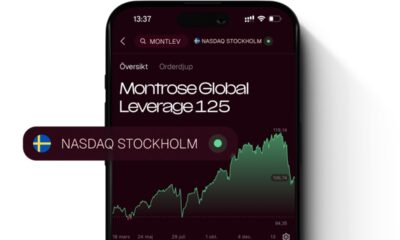
 Nyheter3 veckor sedan
Nyheter3 veckor sedan
 Nyheter4 veckor sedan
Nyheter4 veckor sedan
 Nyheter3 veckor sedan
Nyheter3 veckor sedan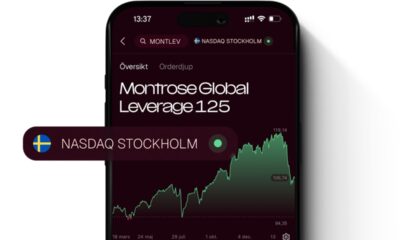
 Nyheter3 veckor sedan
Nyheter3 veckor sedan
 Nyheter3 veckor sedan
Nyheter3 veckor sedan
 Nyheter2 veckor sedan
Nyheter2 veckor sedan
 Nyheter3 veckor sedan
Nyheter3 veckor sedan
